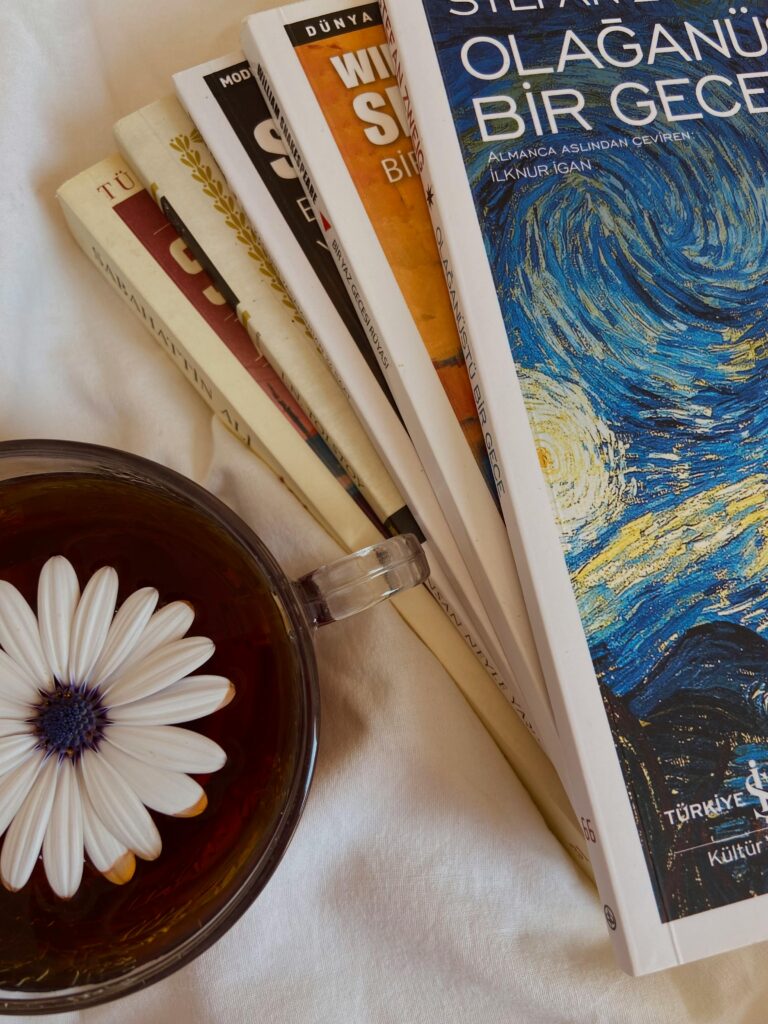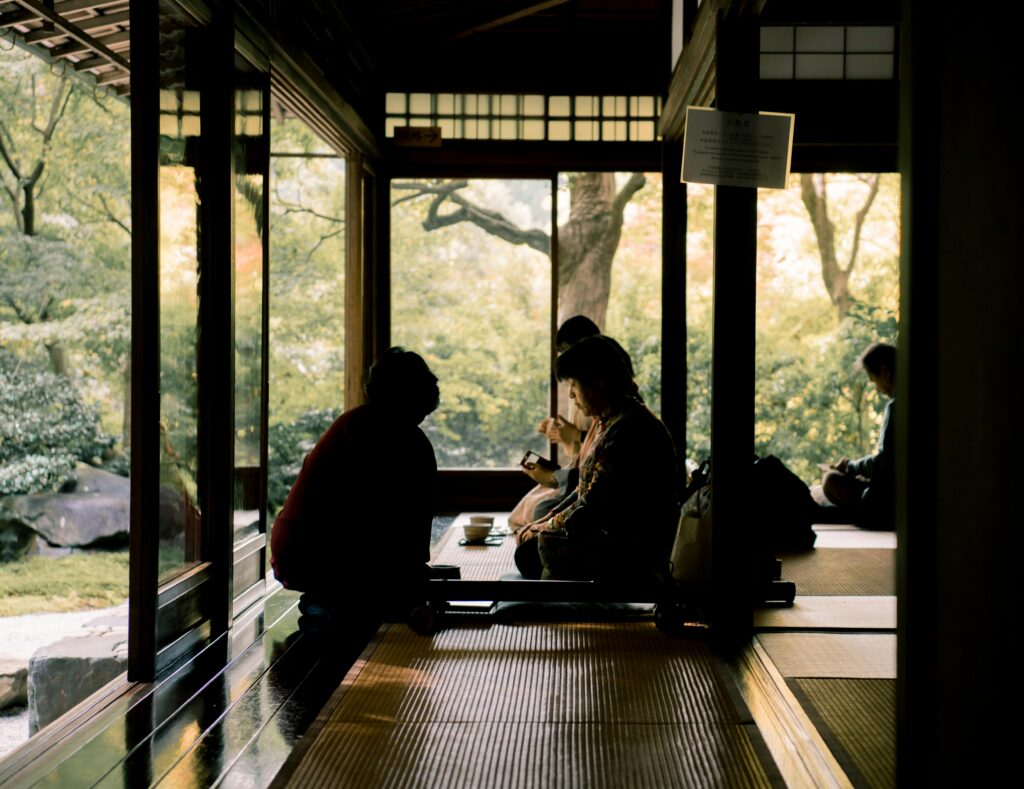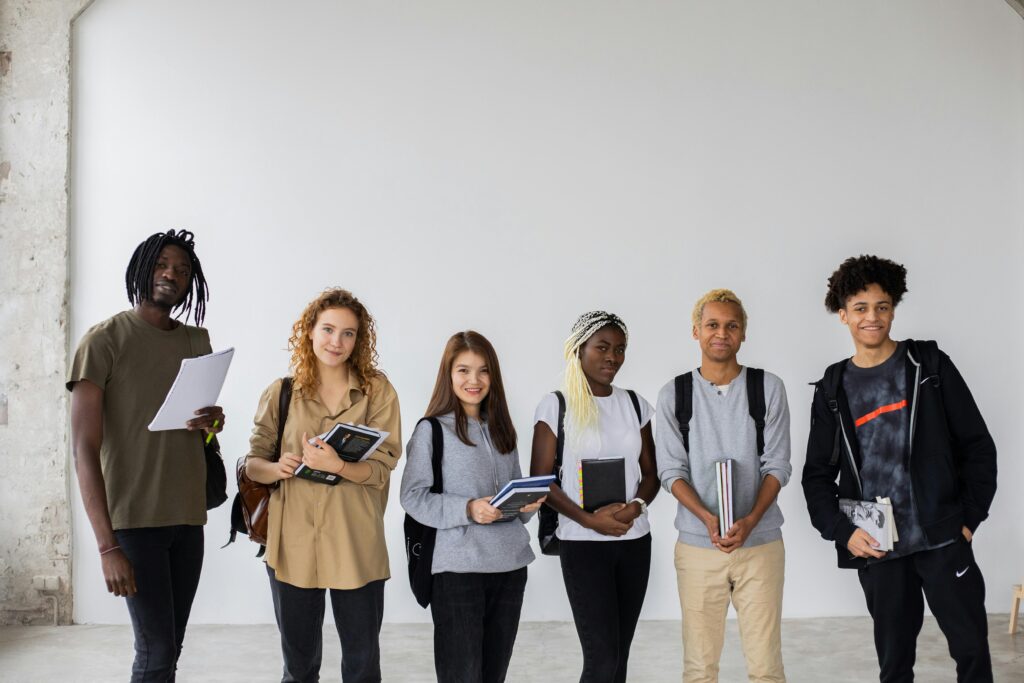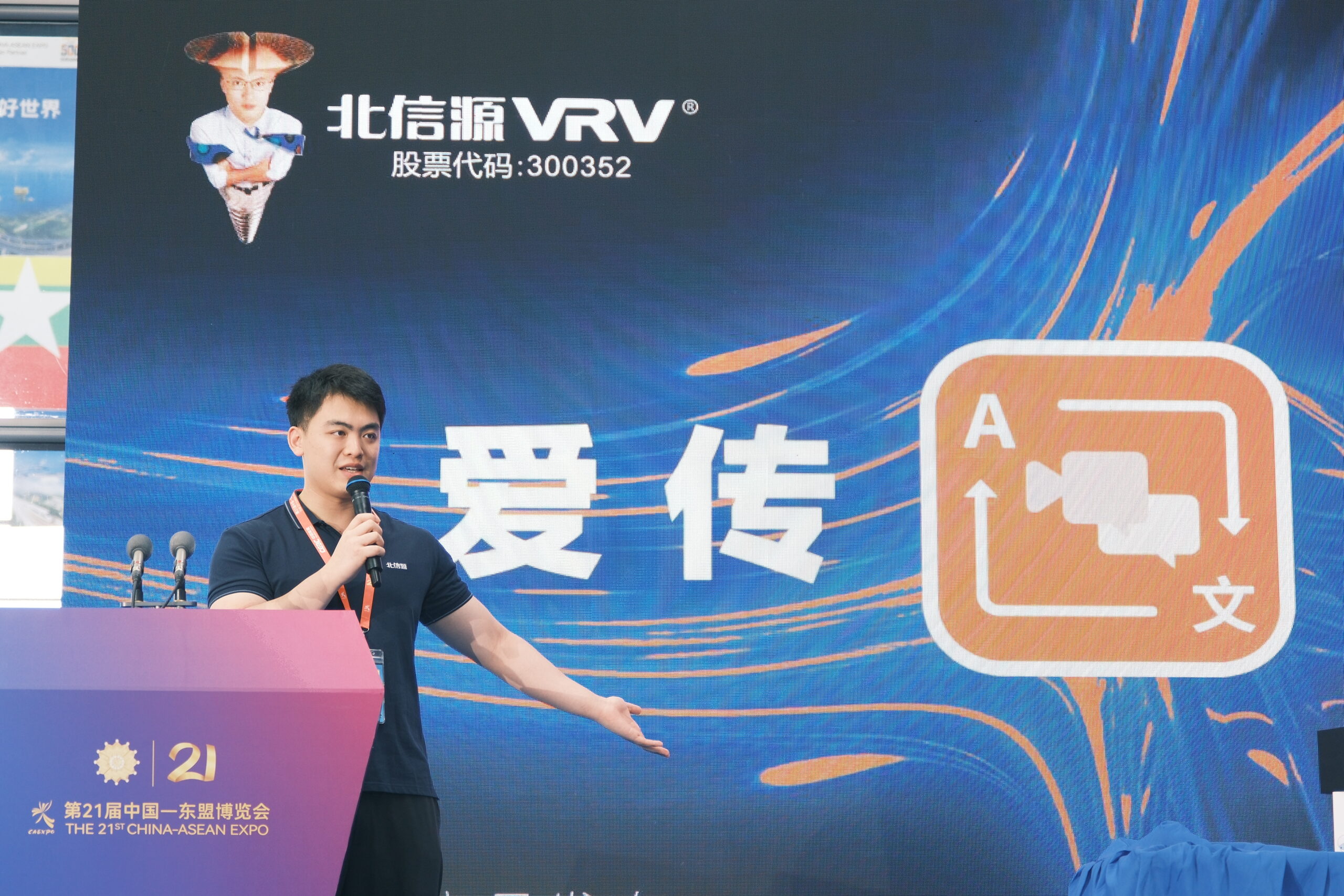Translation is not just about substituting words from one language to another. It’s an art form that connects cultures, fosters understanding, and ensures ideas transcend borders. Whether it’s literature, technical manuals, or global diplomacy, the translator’s role is vital in making the world a smaller, more interconnected place.
In this article, we’ll explore the nuances of translation, the challenges translators face, the creative process behind the craft, and answer the most common questions about this fascinating field.

What Is Translation Really About?
Translation goes beyond the literal. It’s about preserving the meaning, tone, and essence of a text while adapting it for a different cultural and linguistic audience. Done right, a translation feels seamless, as though it were originally crafted in the target language.
Translators wear many hats: they’re cultural mediators, literary artists, and experts in their field. The goal? To make the translated work resonate as deeply as the original.
Why Translators Are More Than Wordsmiths
Translators are bridges between worlds. They carefully navigate linguistic and cultural landscapes to ensure the message stays true to its origin. For example, idioms, cultural references, and local customs in the source language must be adapted thoughtfully to avoid confusion or misinterpretation.
As the Center for the Art of Translation highlights, this craft celebrates underrepresented authors and languages, promotes multilingualism, and connects global communities.

The Challenges of Translation
- Linguistic Subtleties: Every language has unique expressions and structures that don’t always have direct equivalents. Capturing these subtleties is key to preserving meaning and nuance.
- Cultural Context: Translators must understand the cultural backdrop of both the source and target languages. A phrase that works in one culture might be offensive or nonsensical in another.
- Specialized Knowledge: Translating technical or legal texts requires more than language skills; it demands subject matter expertise to ensure precision.
The Creative Side of Translation
Translation is as much an art as it is a science. Translators make choices to preserve the author’s voice and intent while adapting to the target audience. This process is like performing a musical piece: the translator’s interpretation brings the text to life while honoring the original.
As the Booker Prizes aptly point out, the growing popularity of translated literature showcases the immense skill and artistry required to make these works shine in a new language.
Technology and Translation: Allies or Rivals?
Advancements in AI and machine translation tools like Google Translate have revolutionized the industry, offering speed and convenience. However, these tools often lack the ability to grasp context, cultural nuances, or emotional depth.
Human translators remain irreplaceable for high-quality, culturally sensitive translations. While machines can assist, they cannot replicate the intuition and artistry of a skilled human translator.

Your Translation Questions Answered
- What’s the difference between translation and interpretation?
Translation is for written text, while interpretation is the live translation of spoken language. - How do translators maintain accuracy?
Translators rely on proofreading, reference materials, and sometimes peer reviews to ensure accuracy and consistency. - Can machines replace human translators?
No. While machines are improving, they struggle with nuance, context, and cultural adaptation—essential for quality translation. - What qualifications do professional translators need?
Many translators hold degrees in translation studies or linguistics and often specialize in a particular field, such as law or medicine. - How long does translation take?
It depends on the text’s complexity, length, and the translator’s experience. Clear deadlines and communication with clients are key.
Why Translation Matters More Than Ever
In our increasingly globalized world, translation is vital for cross-cultural understanding and communication. It fosters collaboration, preserves heritage, and ensures that stories and ideas can travel beyond linguistic boundaries.
Whether you’re enjoying a translated novel or relying on subtitles for a foreign film, remember that behind every seamless piece of translated content lies a translator’s hard work, creativity, and dedication.
Sources William & Mary News


